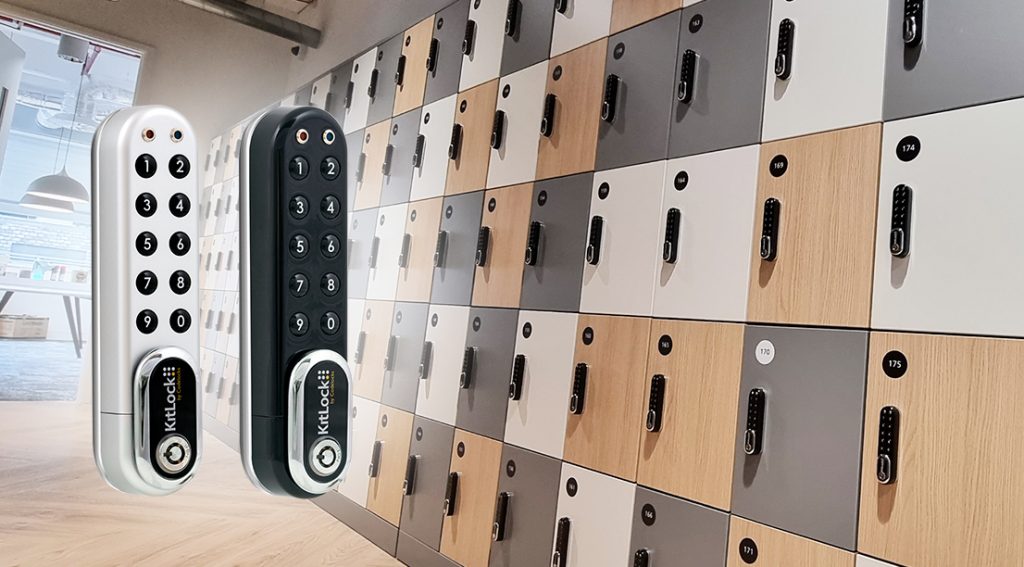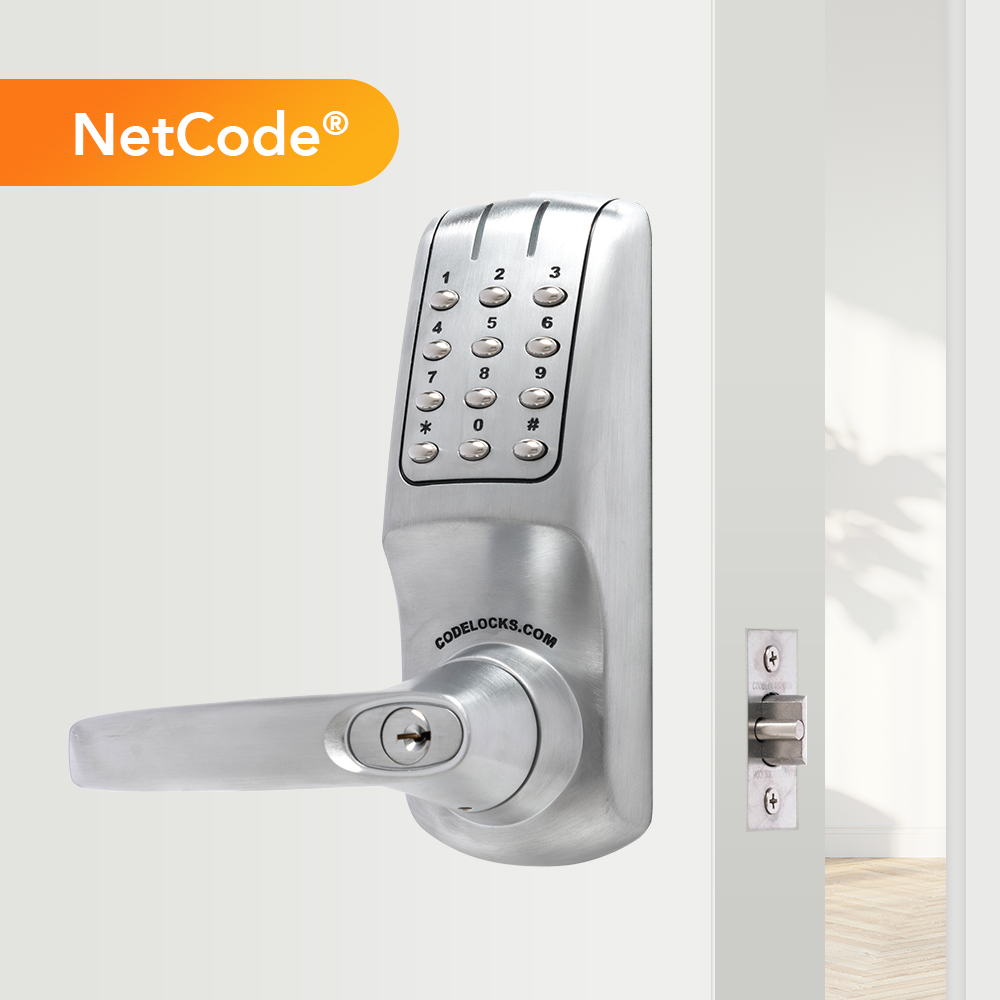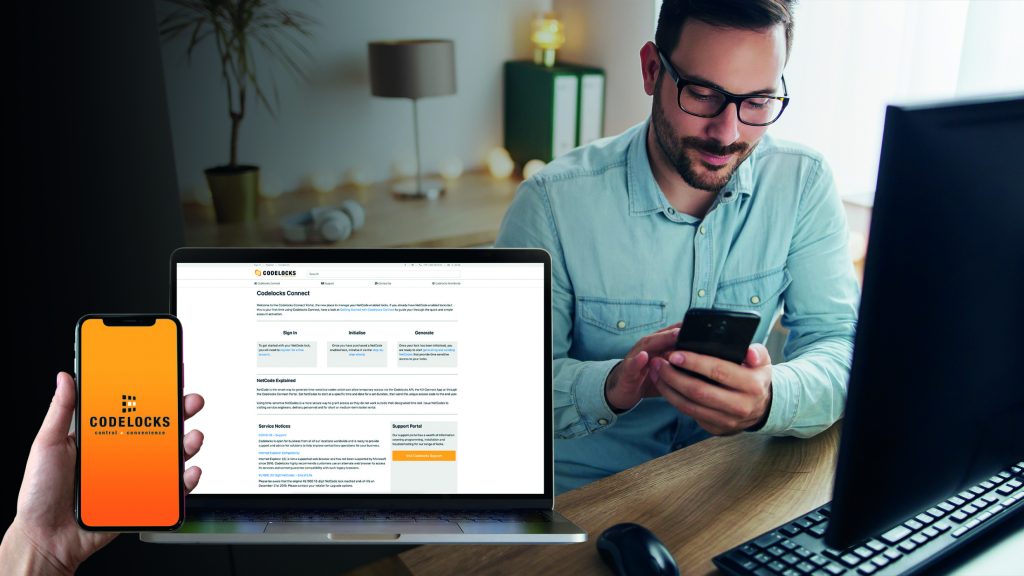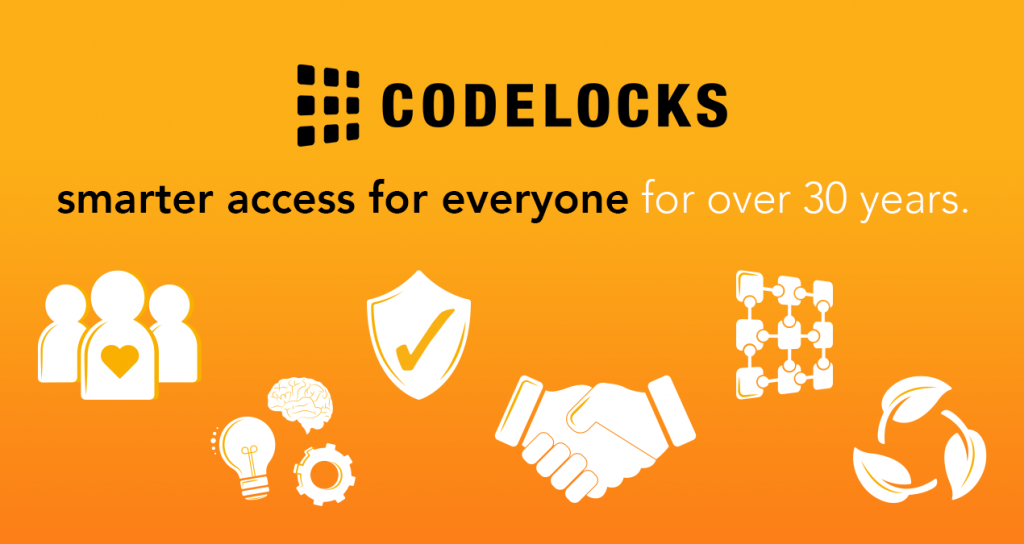 The January peak and February drop-off can be a challenge for leisure facilities. Those looking for ways to keep long-term customers can turn to coded, keyless locks to help maintain memberships as Joanne Milne-Rowe, UK Managing Director at Codelocks, explains.
The January peak and February drop-off can be a challenge for leisure facilities. Those looking for ways to keep long-term customers can turn to coded, keyless locks to help maintain memberships as Joanne Milne-Rowe, UK Managing Director at Codelocks, explains.
January has long been considered the month of the ‘new year, new me’ mantra. Gym and leisure facilities memberships peak as people seek to make good on their New Year’s resolutions.
Recent research, however, has shown that Britons’ gym-going habits are motivated by much deeper desires than their New Year’s commitment. According to data from UKActive, people use the gym and leisure facilities for their mental health, confidence, recurring conditions, and to be social.
Facilities looking to keep their January peak customers beyond the thirty-first must focus on connecting with customers’ deeper needs, providing facilities that meet their desires rather than dampen them. Keyless coded access locks can help do this, creating environments where people can feel good in themselves, about themselves, and with others.
Don’t overlook lockers
Locker space and changing rooms typically account for 10-15% of a facility’s square footage, and they are every bit as important as the figure suggests.
Poorly maintained lockers can become one of the biggest sources of frustration for customers who want to fully enjoy their chosen activity without additional worries about whether their belongings will still be there when they finish up.
Given that 78% of people say mental health is the number one reason they go to the gym, overlooking lockers is a recipe for declining memberships.
Controlling access to lockers is a challenge for leisure managers. Robust, reliable locker locks that are easy to use, look good and instil confidence that users’ belongings are protected are critical.
Switching to coded access locks ensures that customers can put their worries about keys, their belongings, or reliability to one side. There are no lost keys, and the locks are more convenient and less prone to damage due to the simple operation. Along with automatically unlocking once the facilities have closed, giving cleaning staff fast and automatic access, this dramatically reduces the number of ‘out of order’ lockers. The effect is less stress and worry for customers looking for a long-term gym to help with their well-being.
Providing easily accessed social spaces
Creating a stress-free environment is one piece of the puzzle, another is giving people a space in which to be social. The research shows that 43% of people are motivated to go to the gym because it helps them make new friends.
Catering to clubs, groups, and teams can be difficult without the right access control. Large groups of people need temporary access to shared facilities, like running tracks or five-a-side pitches, at the same time.
Key locks won’t work in these situations, and facilities that have used them will be familiar with lost keys, the hassle of handing keys between groups, the need to have staff present for key collection and pick up. This isn’t a viable way to create social spaces that long-term gym-goers and teams will want to use. Team captains will find locations better suited to their team’s needs too.
Self-service coded locks are ideal for creating and controlling access to social facilities that people want, while not burdening leisure facilities with the cost of longer staffing hours and key collections/drop-offs. An added benefit is the possibility of longer opening hours. Without the need to meet and collect keys, facilities can effectively be 24/7, helping to attract and accommodate more teams and clubs.
Maintaining privacy in shared spaces
Privacy is a priority in shared spaces, though it can often be difficult to provide. Locker rooms are public, but customers need private spaces like cubicles or changing rooms. If these private spaces aren’t properly secure, customers will feel vulnerable and worry about embarrassing encounters. Key access addresses this issue – one user one key – but comes with all the baggage and problems that we know keys entail.
To create private spaces where customers feel confident and comfortable, facilities managers can use coded door locks equipped with ‘do not disturb’ functionality. This ensures no other user codes can access a private space when it is engaged.
Long-term memberships
By using the right locking solutions and not relying on keys, leisure facilities and gyms can create environments that appeal to people’s deep motivations for going to the gym – connecting with others and looking after their mental health. As a result, January’s new customers are more likely to stick around.




